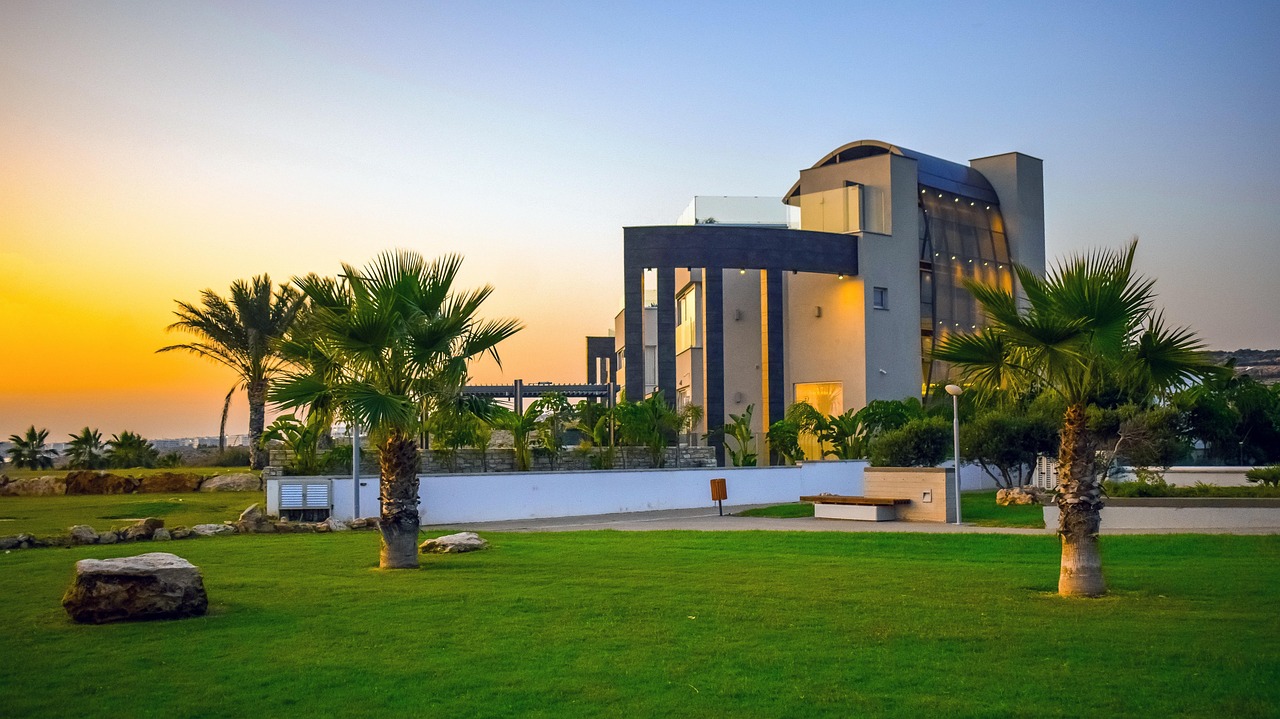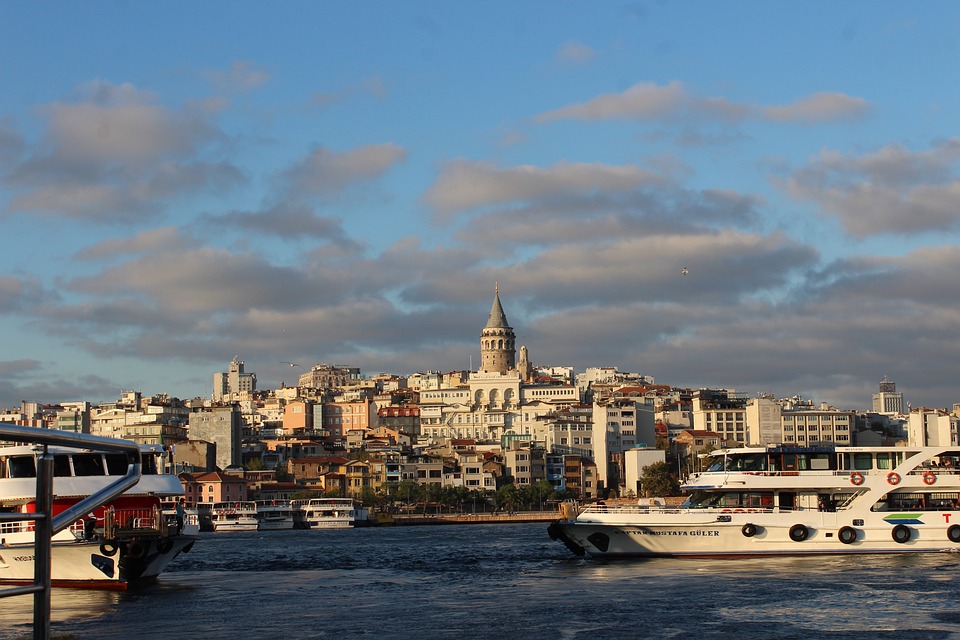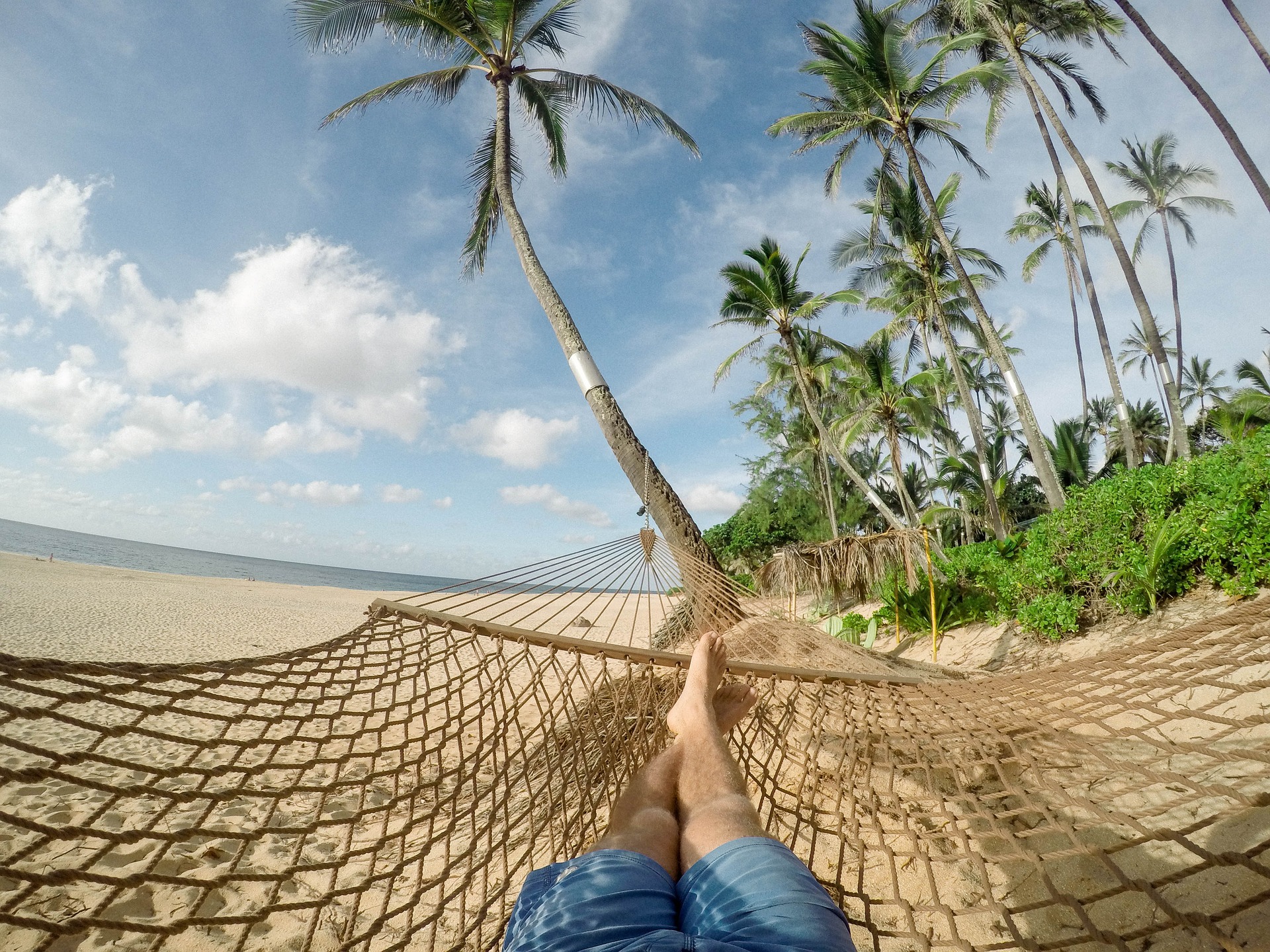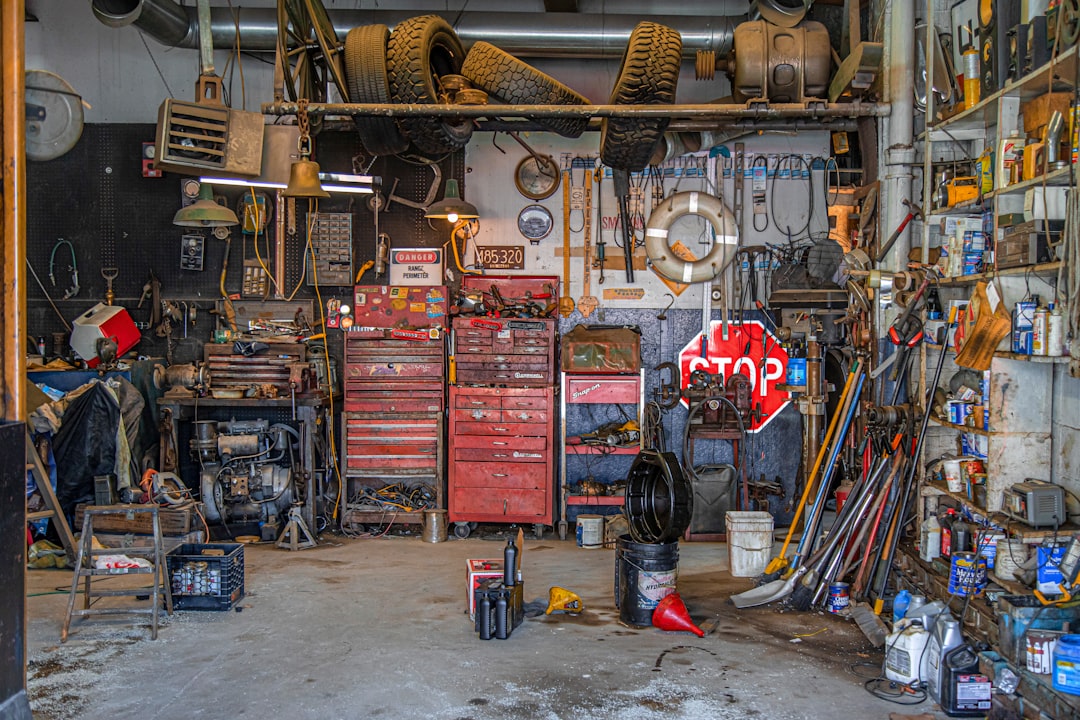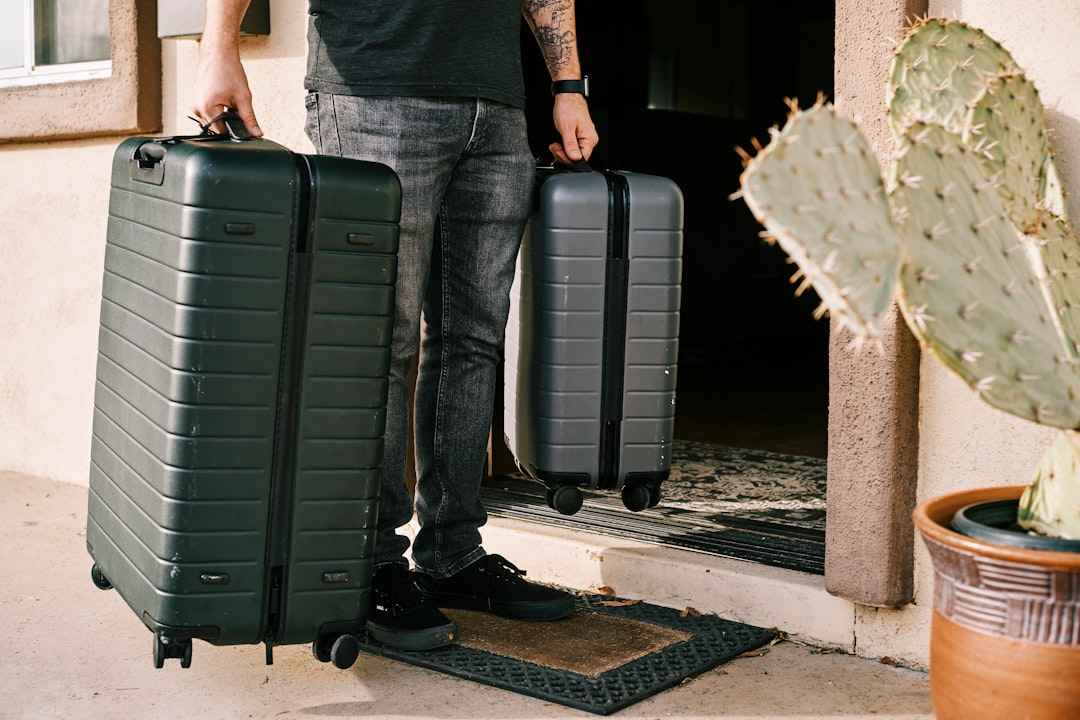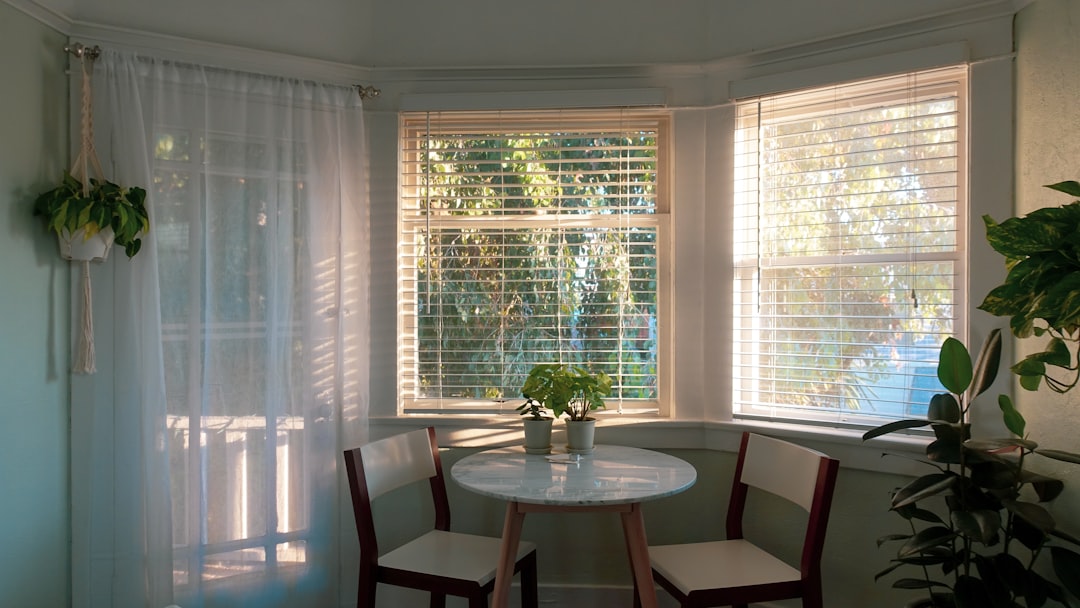Childcare design facilities require a different kind of mindset compared to other types of structures. While the basics are the same, the unique occupants and applications call for a distinctive approach to childcare design. Most will be little kids who will require attention, education, and stimulation while their parents are away at work. They will play, study, and interact with each other. What sort of features will they appreciate? What will make their stay more comfortable? What would make them want to keep coming back? What would give their parents the confidence to leave them there? Architects and interior designers must work together to achieve the following common goals:
Safety
There will be adults supervising the facility but they will not be able to monitor everyone all of the time. Kids are known to be highly energetic and curious so expect them to wander around the premises. Wherever they go, they should be safe and sound. The design of the structure should be solid enough that that they are unlikely to get involved in accidents thanks to safety features. Every stairs and terrace should have adequate railings. Of course, the foundation itself and the building should be earthquake-proof and fire-resistant. If problems occur, then there should be escape routes to help everyone evacuate right away. Playrooms should have soft floors so that kids can run around without getting injured.
Usability
The different areas and fixtures should be modified for the use of small occupants. For example, the washrooms should have sinks that are low enough for the children to reach the faucet and clean their hands. The toilets must also be geared toward tiny people. The stair steps must have heights that are suitable for children. If there are bookshelves, then even the highest level should be reachable by the average child. Toys and educational materials must be neatly stored and easy to access as well. The doors should have low knobs and windows must be near to the ground so that kids can peak outside if they want to. Disabled children should feel like they belong with accessibility ramps and the like.
Experience
Finally, the place should be optimized for the best experience possible. The little ones must enjoy their time in the facility. Much of this boils down to the people who run the place but the designers can also make sure that the facilities do not get in the way. In fact, they could add things like cool playgrounds that will surely make kids happy to be there. Heating and cooling must also be reliable for comfort.


